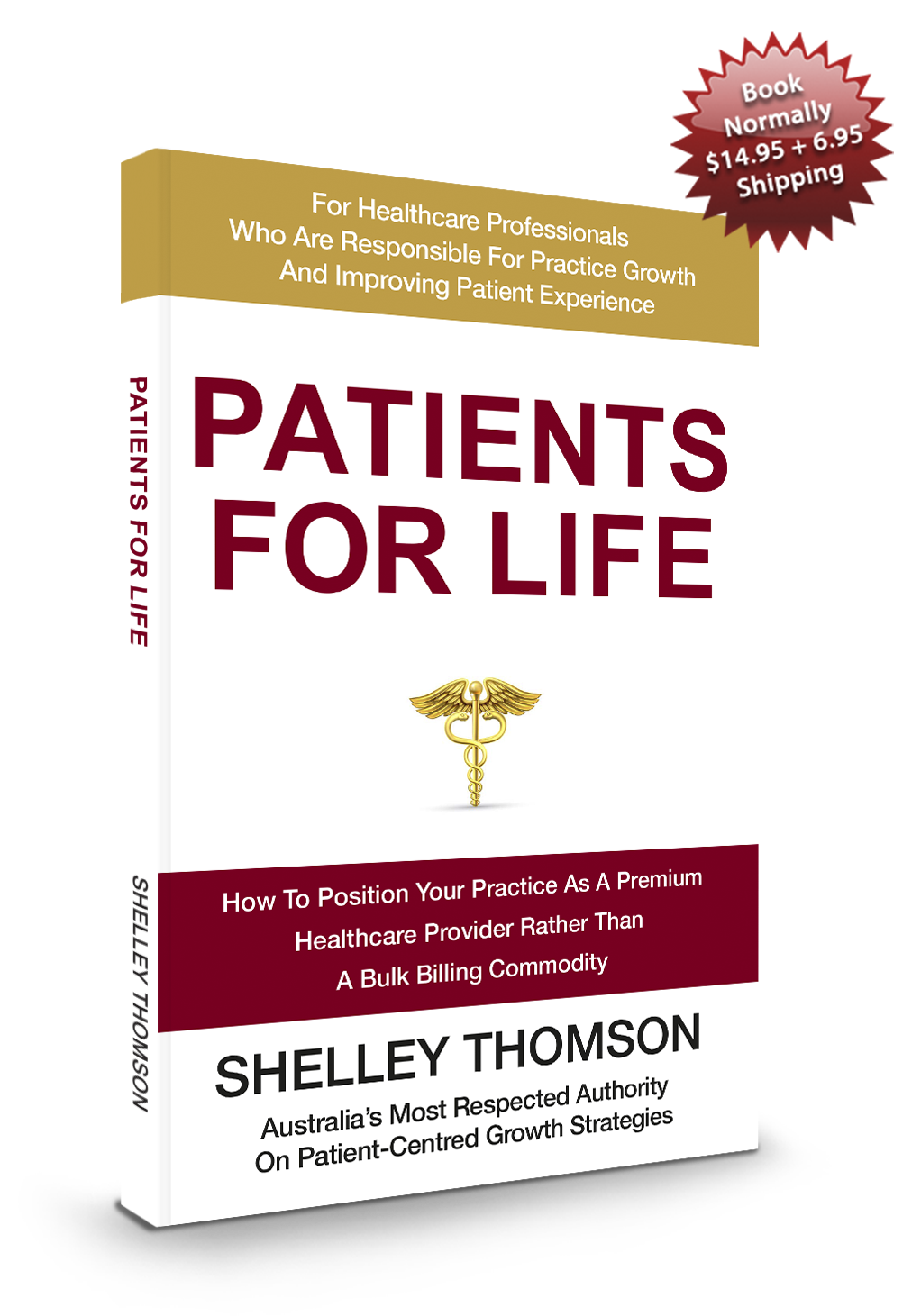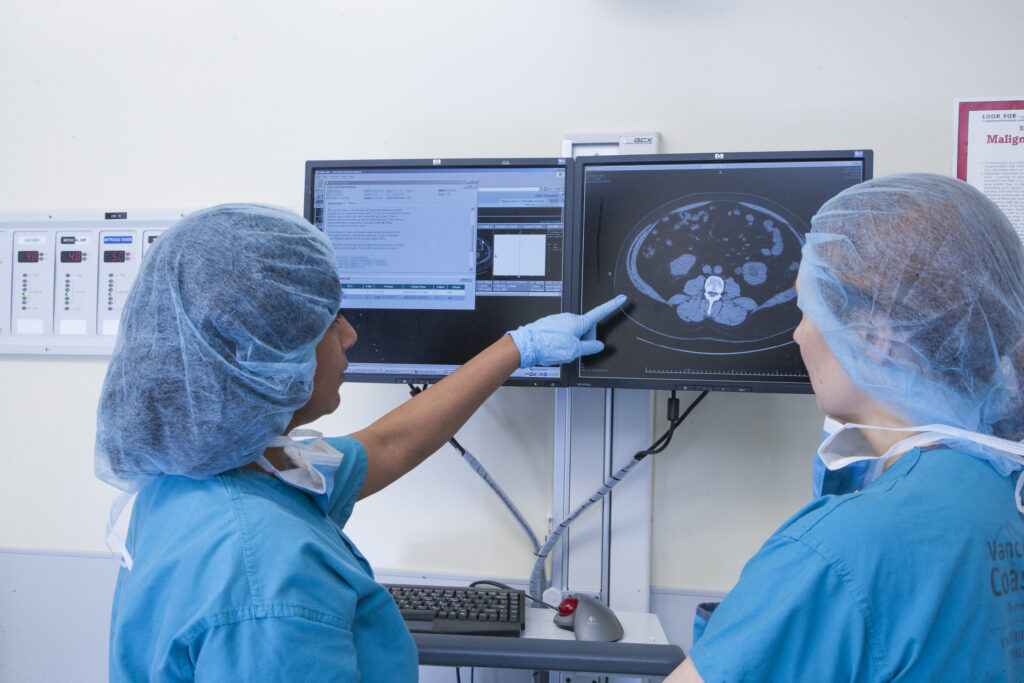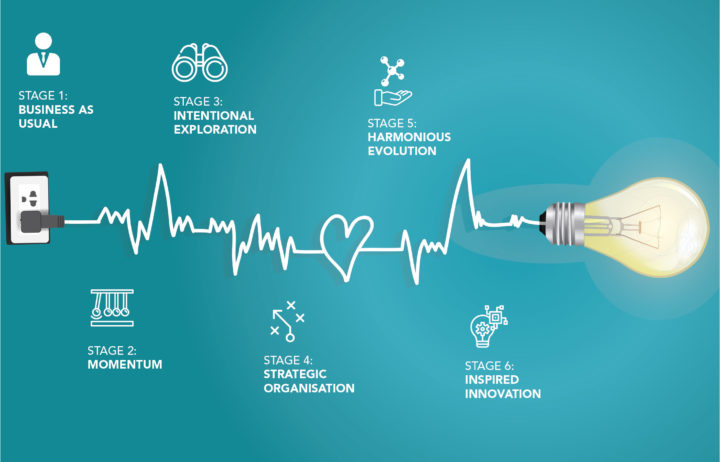A short time ago we heard a story about a new mum’s admission to a Queensland hospital. The story was an excellent example of why patient experience principles are important.
This mum had been suffering from mastitis. One day, she was trying to breastfeed her newborn baby in a public place. But the pain was almost unbearable. So she had to go to the local emergency department for treatment.
The mum was less than impressed by the patient experience at the emergency department:
- She had to wait for a long period of time with her tired and screaming newborn. There were children with infectious diseases all around her and the mum worried that her child would pick up something nasty
- After several hours, the doctors admitted the mum to surgery, but nobody told her why. She was kept in the dark when she felt that someone should have talked to her
- After the surgery, the staff gave the mum a breast pump, but instead of solving the problem, it caused blisters. The lactation nurse was too busy to help her. The mum felt alone, distressed and in pain
Of course, there are genuine reasons this could happen in a frantic hospital. It’s a stressful and hectic work environment.
But from this mother’s point of view, the patient experience was a nightmare. In fact, she took the time to complain about the hospital at patientopinion.org.au.
Stories like this are standard online today.
Patients are more vocal about their healthcare than ever before. They have no qualms about venting anger and frustration on public websites. That means delivering exceptional patient experience is no longer optional, it is now ESSENTIAL.
But many healthcare providers have no idea how to start. This article shares some patient experience principles that can help.
Let’s begin with a case study from outside the healthcare sector.
Patient Experience Principle 1: What Healthcare Organisations Can Learn About Patient Experience Principles From A Shoe Store.
Zappos is an e-commerce shoe store with the motto, “Deliver WOW Through Service”.
Customers regularly praise it for its positive attitude.
For example, one anecdote tells about a customer whose mother had passed away. The woman was mourning and forget to return a pair of shoes to Zappos.
When the company found out what happened, they went ‘above and beyond’.
They arranged a courier to pick up her shoes. They covered the cost of shipping. And they even sent the grieving woman a bouquet of white lilies, roses and carnations.
“I opened the card,” she explained, “and it was from Zappos. I burst into tears. I’m a sucker for kindness. If that isn’t one of the nicest things that ever happened to me, I don’t know what is.”
Of course, healthcare organisations cannot buy flowers for all their patients. But you can follow the Zappos example by adopting a similar attitude.
Ask yourself what a 3-star experience would look like for a patient. How about a 5-star, 6-star, or even 10-star experience?
When you picture your patient experience in this way, it helps you to get clear on what’s important to them, not you.
Patient Experience Principle 2: Remember, It’s All About The Patient.
When staff see the same health problems day after day, it’s easy to forget that patients are people.
Patients are not a collection of symptoms to be treated with clinical detachment. They are someone’s son or daughter. They have family, friends and a life.
Delivering exceptional patient experience means listening, understanding and caring for these people.
That’s why healthcare staff should follow the golden rule at all times. Treat others as you would like them to treat you.
It sounds cliche, but it is on of the most important patient experience principles.
Patient Experience Principle 3: Make A Connection.
In the story at the beginning of this article, the mum did mention one good point in her complaint.
She told how a midwife had taken time out of her work schedule to offer advice and support. This action by the midwife is an example of making a connection.
In the busy world of healthcare, it’s easy to forget about connecting with patients. When employees feel busy, acknowledging sentiments and talking can seem like a low priority.
But it matters! Caring starts with connection. It’s a vital part of delivering an exceptional patient experience. And it’s not difficult.
Connecting with a patient can be as simple greeting them with a hello and farewelling them with goodbye. It can be that easy. But it can make a difference when it comes to patient experience.
Why?
Research suggests that people remember the start and end of an appointment best. The name of this psychological quirk is primacy and recency.
So if staff ignore a patient when they come and go, it creates a poor impression. It would leave a bitter taste in the mouth even if they delivered incredible service for the rest of the time!
But if staff acknowledge a patient with a smile or a friendly word, they create an instant connection. Patients will like the organisation and recommend you to family and friends.
Of course, this is only one way to create a connection. There are many more.
Patient Experience Principle 4: Show Compassion.
Healthcare staff often see compassion as a soft-headed response. It interferes with a decent clinical job. Some professionals even avoid it to maintain a suitable distance from their patients.
But the truth is that compassion is a vital part of the patient experience. It costs nothing. But it can mean the world to a person or a family. In fact, the Royal College of General Practitioners (UK) motto is ‘compassion with knowledge’.
How can healthcare organisations get staff to show more compassion?
A good strategy is to put in place the rule of 3T’s:
- Talk to the patient
- Take time to listen to the patient
- Touch the patient
Following these simple steps makes the patient feel valued.
Another way to show compassion is to never leave a patient worrying unnecessarily.
For example, we once heard a story about a pregnant woman who had the foetal test for congenital disabilities. The results came on a Friday while she was working. The receptionists left four missed calls and a message for her to call ASAP.
But she didn’t have her phone.
The women called back after finishing work. But the consultant’s office had closed for the weekend.
She spent 48 torturous hours with no way to find out the results. It was only on the following Monday that she discovered there was nothing wrong.
The lesson? Don’t create unnecessary worry for patients.
Nobody expects you to rush into a diagnosis or decision. Especially when it could have long-lasting or dangerous results.
But give clear timelines to patients before they leave. Provide lab results and other information as fast as possible. And never create drama when it doesn’t exist.
The mum’s complaint at the beginning of this article could probably have been prevented if staff had told her what was going on.
Patient Experience Principle 5: How Staff Feel Should Not Affect The Patient Experience.
Moods are contagious.
If you’re cheerful and happy, people will act the same way. If you’re frustrated and cranky, you’ll infect patient with those emotions.
Everyone has bad moods.
But healthcare staff should not bring their bad moods to work. After all, patients have enough to worry about without negativity from their carers.
Of course, health practitioners are human like everyone else. Some days they would rather stay in bed.
But if staff do have to go to work in a bad mood, one technique that can help is the ‘silly voice’.
The ‘silly voice’ technique comes from the bestselling book The Happiness Trap.
In the book, the author suggests swapping negative inner dialogue with a cartoon voice. This quirky strategy makes the head chatter ridiculous. And it takes away the power of the negative thought to make you miserable.
Try it. It works!
Patient Experience Principle 6: Be Careful With Words.
No matter what the healthcare area, patients can often be demanding and challenging.
This attitude is only natural.
Illness can cause increased stress, anxiety and frustration. These emotions can make a person feel angry and out of control.
Healthcare staff need to understand this reaction and respond in a way that prevents the situation from escalating.
For example:
- If a patient is uncooperative, staff need to identify the underlying reason.
- Staff should remain calm and professional if a patient is angry. They need to keep some distance from the patient and stay silent. When the patient quiets down, the team should acknowledge his/her feelings.
- If a patient becomes irrational, staff should use active listening. Active listening is a technique where you paraphrase what the patient is saying to identify the meaning behind the words.
The key patient experience principles here are that employees need to act professionally and courteously at all times – even if a patient is pushing their buttons.
Conclusion
These patient experience principles provide some simple places to start if you want to lift the level of patient experience in your practice. But to make a shift towards a truly patient-centred model of healthcare, your organisation will need to evolve beyond these simple principles.
To learn more about improving your patient experience through adopting a patient-centred approach to healthcare, download our “Demystifying Patient Centred Care” e-book here.







